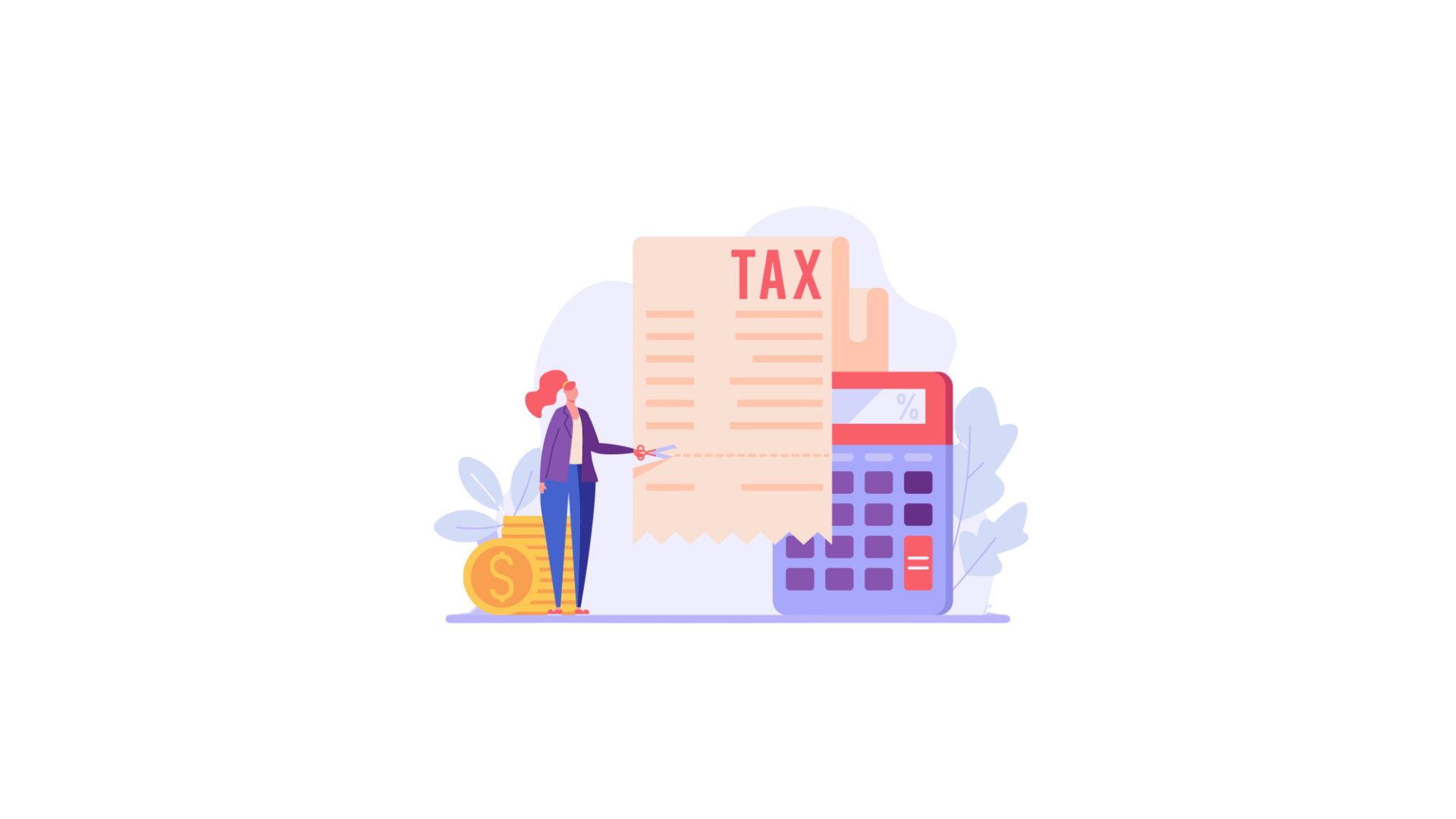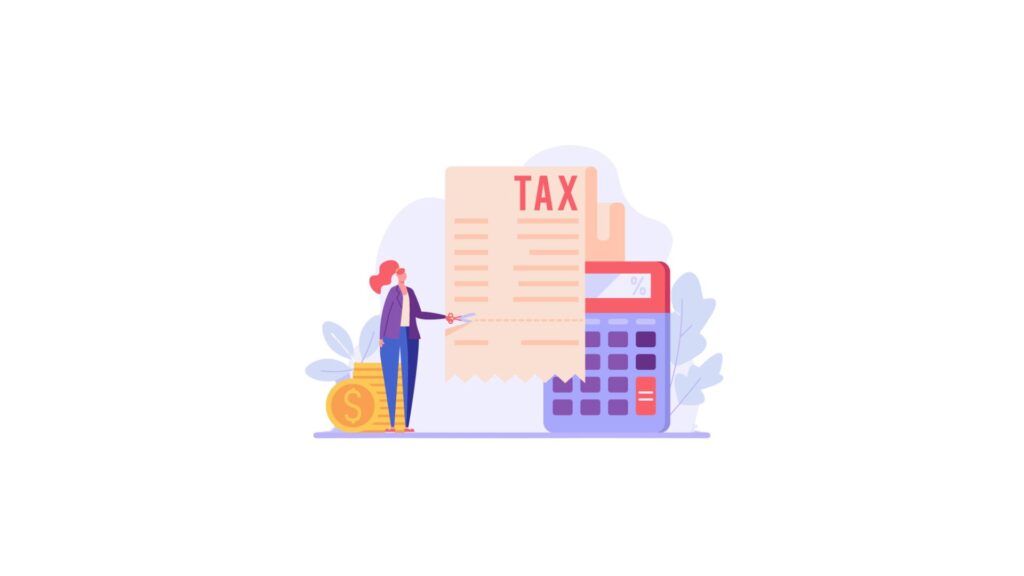
04 Jun Understanding ITR 4: Eligibility, Benefits, and Filing Process Simplified

Introduction
Thе Incomе Tax Rеturn (ITR) form 4, also known as Sugam, is tailored for a specific group of taxpayers in India. This guide explores the complexities of ITR 4, explaining its purpose, eligibility criteria, and the process of filing it. Whether you’re a business owner or a professional, understanding ITR 4 can simplify your tax filing process significantly.
What is the ITR 4 Form?
The ITR 4 form is designed for taxpayers who benefit from the presumptive taxation scheme under the Income Tax Act, 1961. This scheme allows certain businesses and professions to declare their income based on a predetermined percentage of their total turnover, rather than maintaining detailed accounts of income and expenses. This makes tax filing more straightforward and less cumbersome for eligible taxpayers.
Who Can File ITR 4?
Individuals, Hindu Undivided Families (HUFs), and partnership firms (excluding Limited Liability Partnerships) can file ITR 4 if they meet specific conditions:
Income Sources:
- Business Income: Income under Section 44AD or 44AE of the Income Tax Act.
- Professional Income: Income under Section 44ADA of the Income Tax Act.
Income Limits:
- Salary or Pension Income: Up to Rs. 50 lakh.
- Income from One House Property: Not exceeding Rs. 50 lakh (excluding brought forward or carry forward losses).
- Income from Other Sources: Except lottery and race winnings, up to Rs. 50 lakh.
Turnover Limits:
- Business Turnover: Under Section 44AD or 44AE should not exceed Rs. 2 crore (if cash transactions are less than 5%).
- Professional Receipts: Under Section 44ADA should not be more than Rs. 75 lakh (if cash transactions are less than 5%).
Who Cannot File ITR 4?
If your situation falls under any of the following categories, you are not eligible to file ITR 4 and should explore other ITR forms:
- Total income exceeding Rs. 50 lakh.
- Income from more than one house property.
- Owning any foreign asset.
- Having signing authority in a foreign account.
- Income from any source outside India.
- Holding a director’s position in a company.
- Having investments in unlisted equity shares during the financial year.
- Having foreign income.
- Assessed for the income of another person where tax is deducted at source.
Benefits of Filing ITR 4
There are several advantages to filing ITR 4 if you qualify:
Simplified Process
Compared to regular ITR forms that require detailed income and expense records, the ITR 4 is less complex due to the presumptive taxation scheme.
Reduced Paperwork
Since income is based on a percentage of turnover, maintaining voluminous expense records is not necessary.
Faster Filing
The streamlined nature of ITR 4 allows for quicker filing compared to other ITRs.
How to Download the ITR 4 Form
The ITR 4 form can be downloaded from the official website of the Income Tax Department of India. The website offers the form in various formats, including PDF and Excel. Simply search for “ITR 4 Sugam download” to find the latest version for the relevant assessment year.
Structure of the ITR 4 Form
The ITR 4 form is divided into several sections, each requiring specific information. Here’s a breakdown of the key sections:
Part A: General Information
This section captures your basic details like name, Permanent Account Number (PAN), address, and contact information.
Part B: Computation of Income
This section deals with income earned from various sources, including salary, business or profession under the presumptive scheme, house property, and other sources.
Part C: Deductions Claimed
Here, you can claim deductions for various expenses allowed under the Income Tax Act, such as investments, medical expenses, and home loan interest.
Part D: Taxes Paid and Payable
This section reflects taxes deducted at source (TDS) on your income and the total tax liability you need to pay.
Part E: Verification
This section requires your signature or digital signature to verify the accuracy of the information provided in the ITR 4 form.
How to Fill ITR-4 Form
You can file ITR 4 electronically through the Income Tax Department’s e-filing portal or by downloading the offline utility and submitting it later. Here’s a general guideline to follow:
Register/Login
If you’re new to the e-filing portal, register using your PAN and other details. Existing users can log in with their credentials.
Select ITR Form
Choose “ITR 4 (Sugam)” for the relevant assessment year.
Fill in Details
Carefully enter the required information in each section of the form. Utilize relevant tax challan details for prepaid taxes.
Verification and Submission
Review the filled form thoroughly and rectify any errors. Then, electronically verify it using Aadhaar or digitally signed verification.
ITR 4 Form Download
The downloadable ITR 4 form (along with offline utilities) is available on the Income Tax Department’s website. You can search for “ITR 4 Sugam download” to access the latest version for the specific assessment year.
Understanding the Presumptive Taxation Scheme
The presumptive taxation scheme simplifies tax filing for certain eligible businesses and professions. Instead of maintaining detailed income and expense records, the scheme estimates income based on a predetermined percentage of gross receipts or turnover. This simplifies bookkeeping and reduces compliance burden.
Conclusion
ITR 4 simplifies tax filing for specific individuals, HUFs, and partnerships with income under the presumptive scheme. It is ideal for businesses with lower turnover and simplifies bookkeeping. Download the form and gather documents, carefully fill out each section, and e-verify by the due date (typically July 31st) to avoid penalties.


No Comments